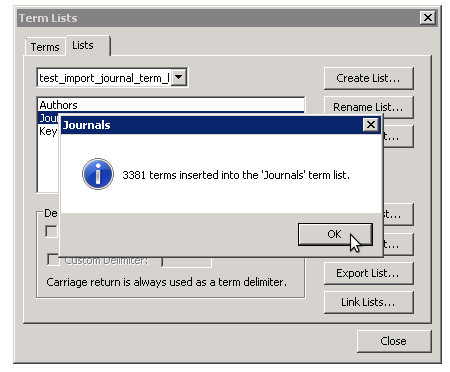

A file with an RIS extension will be downloaded. Once you have selected the desired options, click Download Citation(s). I prefer to include the abstract of the paper. Select the RIS option (selected by default). This will open a new window with some options in it. Opening the file will immediately open it into the current EndNote library.ĪCS journals (RIS output): On the journal web page, find the Download Citation link on the right hand side. Select EndNote as your output style and then click go. RSC journals (EndNote output): On the journal web page, find the download citation link. As I collect examples for other journals, I will add them to the list. Below you will see an example of and EndNote output file (RSC journals use this typically) and a RIS output file (ACS journals use this typically). This is via an EndNote output file or a RIS output file.

There are two common ways that journals output their styles. I find that it's always easier to import an article because there is less of a chance of typographical errors ending up in your library. Almost all journals have an option to download a citation that can be imported into EndNote. Perhaps the most obvious place to start is with importing articles.


 0 kommentar(er)
0 kommentar(er)
